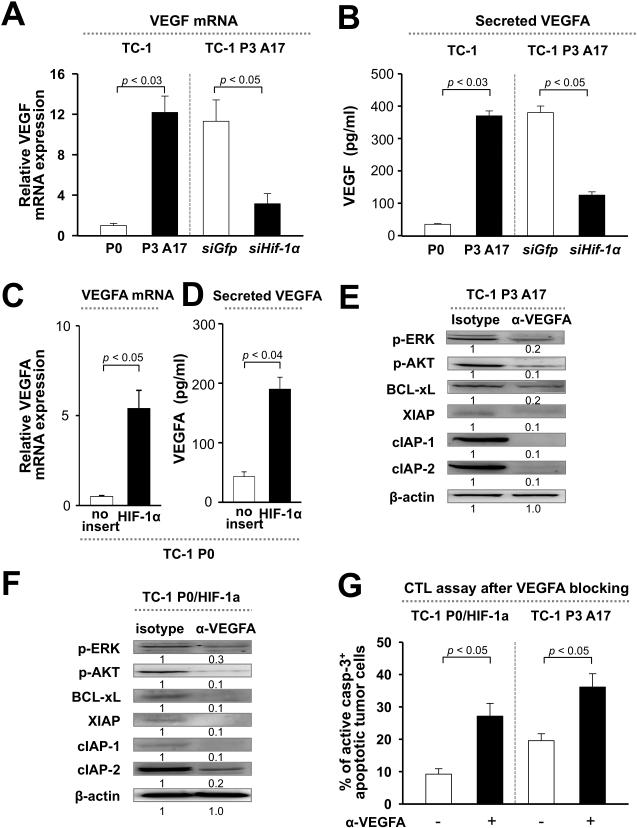Figure 4. HIF-1α-triggered VEGFA-AKT/ERK axis promotes immune adaptation in human cancer.
Parental (P0) CaSki human cancer cells were pulsed with MART-1 peptide or irrelevant E7 peptide and subjected to selection with MART-1-specific human CTLs for 3 rounds to produce immune-resistant (P3) or control (N3) cells. (A) Top, P0, P3, or N3 CaSki cells were incubated with MART-1-specific human CTLs and the frequency of apoptotic tumor cells was determined by flow cytometry analysis of caspase-3 activation. Middle, Western blot analysis of HIF-1α expression in P0, P3 and N3 cells. Bottom, VEGFA concentration (pg/ml) in the supernatant of P0, P3 and N3 cells in culture. (B) Western blot analysis of AKT and ERK phosphorylation, as well as expression of anti-apoptotic proteins in P0, P3, and N3 cells. (C) Top, Western blot analysis of HIF-1α expression in P3 cells transfected with siRNA against HIF-1α or GFP. Bottom, VEGFA concentration (pg/ml) in the supernatant of HIF-1α or GFP siRNA-treated CaSki P3 cells. (D, E) Western blot analysis of AKT and ERK phosphorylation, as well as expression of anti-apoptotic proteins in HIF-1α or GFP siRNA and α-VEGFA mAb-treated CaSki P3 cells. (F) Control IgG or α-VEGFA mAb-treated CaSki P3 cells were pulsed with MART-1 peptide and mixed with MART-1-specific human CTLs. The frequency of apoptotic cells was determined by flow cytometry analysis of caspase-3 activation.

